


| MOQ: | 1kg |
| Price: | US $15/kg |
| Standard Packaging: | Cylinder/Tank |
| Delivery Period: | 15 days |
| Payment Method: | L/C, T/T |
| Supply Capacity: | 20000 Tons/Year |
Carbon tetrafluoride gas (CF4) is a colorless and odorless gas composed of one carbon atom bonded to four fluorine atoms. It is also known as tetrafluoromethane. Here are some key points about carbon tetrafluoride gas:
Properties: Carbon tetrafluoride possesses several important properties:
Chemical Formula: CF4
Molecular Weight: 88.0043 grams per mole
Density: The gas has a density of approximately 3.72 kg/m³ at room temperature and atmospheric pressure.
Boiling Point: Carbon tetrafluoride has a boiling point of -128.2°C (-198.8°F) at atmospheric pressure.
Solubility: CF4 is sparingly soluble in water.
Production: Carbon tetrafluoride gas can be produced through various methods, including the reaction between carbon monoxide (CO) and fluorine gas (F2) or through the reaction of methane (CH4) with fluorine gas. It can also be obtained as a byproduct of certain chemical processes.
Uses: Carbon tetrafluoride gas has several applications in different industries:
Electronics Industry: CF4 is commonly used as a plasma etching gas in the semiconductor manufacturing process. It helps to remove unwanted layers of material from the surface of semiconductor wafers.
Refrigeration: Carbon tetrafluoride has been used as a refrigerant in some specialized applications due to its low boiling point and electrical non-conductivity.
Electrical Insulation: CF4 is utilized as an electrical insulating gas in some high-voltage applications, such as gas-insulated substations (GIS) and circuit breakers.
Research and Development: Carbon tetrafluoride is employed in research and development laboratories for various purposes, including as a tracer gas, a calibration standard, and a component in gas mixtures.
Safety Considerations: When working with carbon tetrafluoride gas, it is essential to consider the following safety precautions:
Inhalation: CF4 is not considered toxic; however, it is an asphyxiant gas, as it can displace oxygen in confined spaces. Adequate ventilation should be provided to prevent oxygen-deficient environments.
Fire and Explosion Hazards: CF4 is non-flammable, but it can support combustion in the presence of oxidizing agents. Proper precautions should be taken to prevent the release of CF4 in environments where flammable materials or ignition sources are present.
Handling and Storage: Carbon tetrafluoride should be handled using standard safety practices, including the use of appropriate personal protective equipment (PPE) and the adherence to proper storage and handling procedures.
Environmental Impact: CF4 is a greenhouse gas with a high global warming potential (GWP). It is important to minimize its release into the atmosphere and follow regulations regarding its handling and disposal.
As with any hazardous substance, it is crucial to follow safety guidelines, regulations, and manufacturer recommendations when working with carbon tetrafluoride gas.
Basic Info.
| DOT Class | 2.2 | Un No | 1982 |
| Cylinde | DOT/ISO/GB | Cylinder Pressure | 15MPa/20MPa |
| Valve | Cga580 | Melting Point | -184 ºC |
| Appearance | Colorless, Odorless | Boiling Point | -128.1ºC |
| Density | 3.72 Kg/M3; | Molecular Weight | 88 |
| Transport Package | 40L, 47L, 50L | Specification | 100.00% |
| Trademark | CMC | Origin | China |
| HS Code | 28261990 | Production Capacity | 2, 000 Tons/Year |
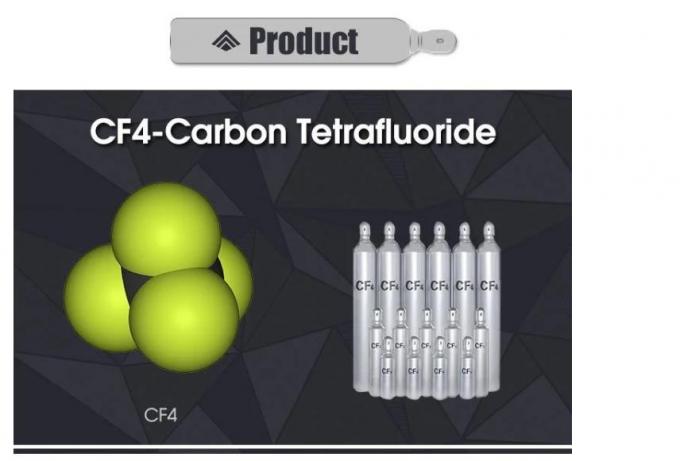
Specification:

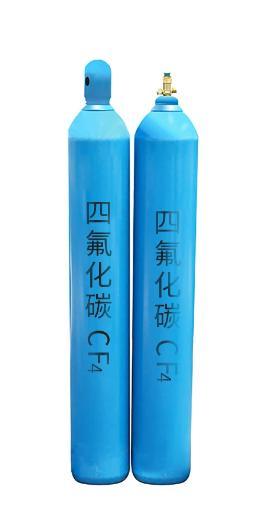
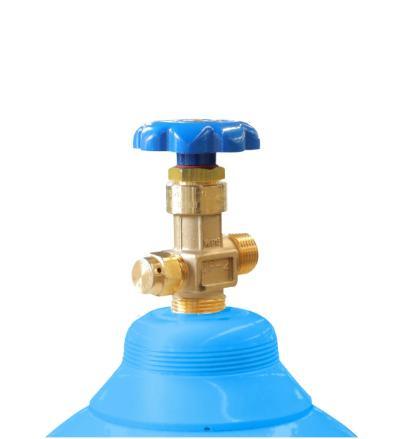
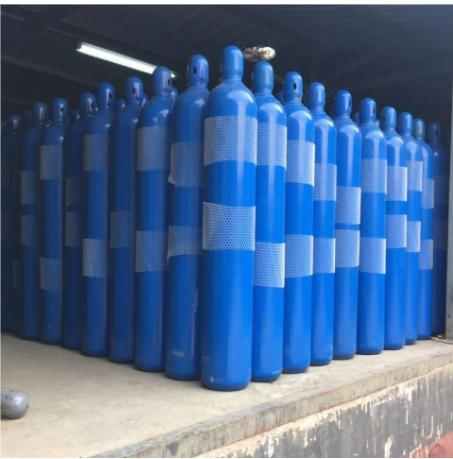
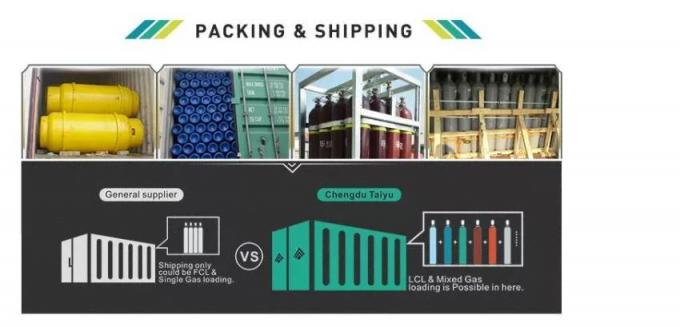
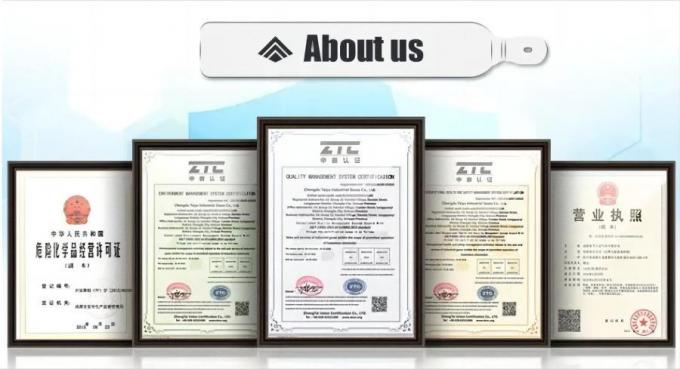
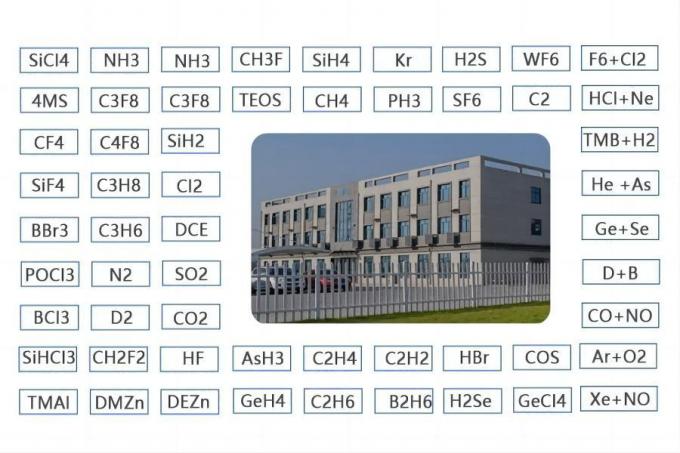
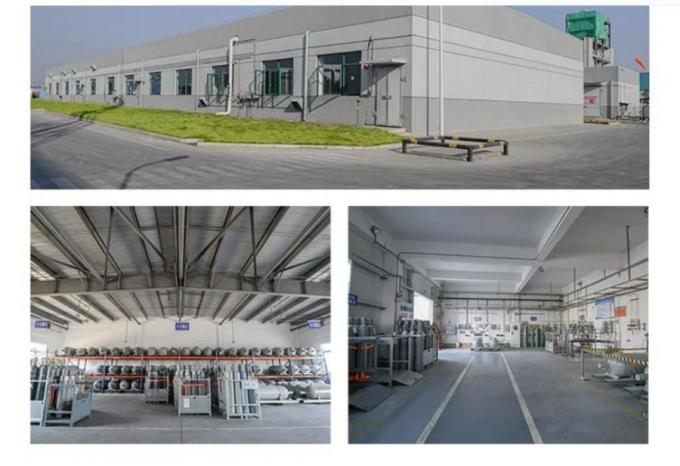

| MOQ: | 1kg |
| Price: | US $15/kg |
| Standard Packaging: | Cylinder/Tank |
| Delivery Period: | 15 days |
| Payment Method: | L/C, T/T |
| Supply Capacity: | 20000 Tons/Year |
Carbon tetrafluoride gas (CF4) is a colorless and odorless gas composed of one carbon atom bonded to four fluorine atoms. It is also known as tetrafluoromethane. Here are some key points about carbon tetrafluoride gas:
Properties: Carbon tetrafluoride possesses several important properties:
Chemical Formula: CF4
Molecular Weight: 88.0043 grams per mole
Density: The gas has a density of approximately 3.72 kg/m³ at room temperature and atmospheric pressure.
Boiling Point: Carbon tetrafluoride has a boiling point of -128.2°C (-198.8°F) at atmospheric pressure.
Solubility: CF4 is sparingly soluble in water.
Production: Carbon tetrafluoride gas can be produced through various methods, including the reaction between carbon monoxide (CO) and fluorine gas (F2) or through the reaction of methane (CH4) with fluorine gas. It can also be obtained as a byproduct of certain chemical processes.
Uses: Carbon tetrafluoride gas has several applications in different industries:
Electronics Industry: CF4 is commonly used as a plasma etching gas in the semiconductor manufacturing process. It helps to remove unwanted layers of material from the surface of semiconductor wafers.
Refrigeration: Carbon tetrafluoride has been used as a refrigerant in some specialized applications due to its low boiling point and electrical non-conductivity.
Electrical Insulation: CF4 is utilized as an electrical insulating gas in some high-voltage applications, such as gas-insulated substations (GIS) and circuit breakers.
Research and Development: Carbon tetrafluoride is employed in research and development laboratories for various purposes, including as a tracer gas, a calibration standard, and a component in gas mixtures.
Safety Considerations: When working with carbon tetrafluoride gas, it is essential to consider the following safety precautions:
Inhalation: CF4 is not considered toxic; however, it is an asphyxiant gas, as it can displace oxygen in confined spaces. Adequate ventilation should be provided to prevent oxygen-deficient environments.
Fire and Explosion Hazards: CF4 is non-flammable, but it can support combustion in the presence of oxidizing agents. Proper precautions should be taken to prevent the release of CF4 in environments where flammable materials or ignition sources are present.
Handling and Storage: Carbon tetrafluoride should be handled using standard safety practices, including the use of appropriate personal protective equipment (PPE) and the adherence to proper storage and handling procedures.
Environmental Impact: CF4 is a greenhouse gas with a high global warming potential (GWP). It is important to minimize its release into the atmosphere and follow regulations regarding its handling and disposal.
As with any hazardous substance, it is crucial to follow safety guidelines, regulations, and manufacturer recommendations when working with carbon tetrafluoride gas.
Basic Info.
| DOT Class | 2.2 | Un No | 1982 |
| Cylinde | DOT/ISO/GB | Cylinder Pressure | 15MPa/20MPa |
| Valve | Cga580 | Melting Point | -184 ºC |
| Appearance | Colorless, Odorless | Boiling Point | -128.1ºC |
| Density | 3.72 Kg/M3; | Molecular Weight | 88 |
| Transport Package | 40L, 47L, 50L | Specification | 100.00% |
| Trademark | CMC | Origin | China |
| HS Code | 28261990 | Production Capacity | 2, 000 Tons/Year |

Specification:







